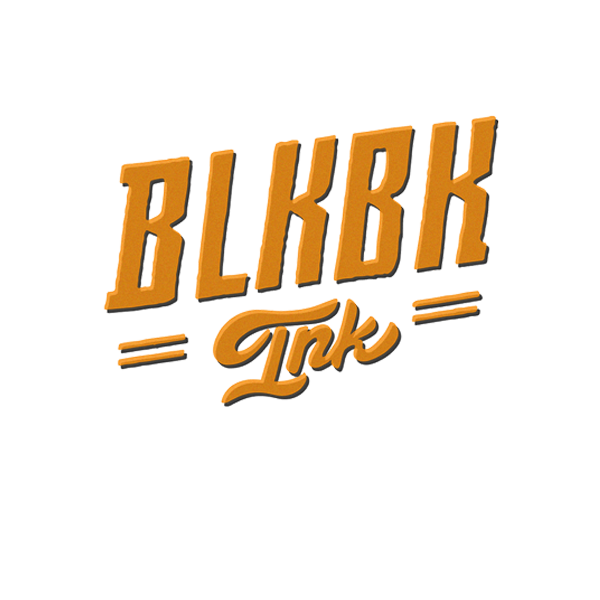How printed advertising started with the all-time boldest typeface
Industrialization increased the production of just about everything. The sheer amount of stuff on the market posed a novel problem for producers: how to get anyone to buy their stuff. Paper and printing presses are stuff; industry had no problem producing more of them. That boom in printed materials production coincided perfectly with the boom in general stuff production.
Thus emerged the business of drumming up business—the one industry that never wants for customers, even as all others wither for lack of them: advertising.
Letters and brands have a long history. Before anyone printed an advertisement, hand-painted signs shouted in silence from storefronts. Initially these were pictures, but signs incorporated letters at a rate commensurate with literacy. Printed labels appeared at the start of the 18th century as a way to differentiate medicines, but worked just as well differentiating types of wine and anything else that fit in a bottle.

But the relationship goes back further than that. The origins of things are often given away by the words that reference them. ‘Brand’ is a Germanic word referring to fire—it still means ‘fire’ in modern German, and it’s similar to the modern German verb for ‘burn’, ‘brennen’, likewise the modern English word, ‘burn’, itself. The act of claiming property by burning it originated thousands of years ago, when the Egyptians burned markings into their cattle. The practice of heating a shaped piece of metal and pressing it to an animal’s hide to produce a permanent marking persists around the world to this day. We call it branding.
The act is not entirely different from pressing a piece of metal type to a sheet of parchment. We could even argue that branding was a form of proto-printing. It’s appropriate, then, that this millennia-old practice lent its name to the new industrial-era field of differentiating manufactured products by sticking printed bits of paper to them.

Today, most of us first experimented with typography on a computer. Since the Mac Classic, we’ve been spoiled with not only an array of typefaces available at the click of a drop-down menu, but also by thousands of their derivative fonts, available not only in different sizes but with bold, italic, and outline versions. Printers of the early 19th century weren’t so lucky.
Going back to Gutenberg’s bible, the strength of printing was always in reproducing neat text. Gutenberg printed his bible with deliberately blank spaces for hand illumination—display lettering was the domain of calligraphy; fonts were intended for rote, uniform reproduction of massed letters. Even hundreds of years later when printers found attractive letters for display use in the types of Didot and Bodoni, they stuck to simply using larger fonts for display. These, mixed with italics and blackletters when needed, provided a visual hierarchy adequate for use in books. But in a crowded market where brands needed to stand out visually, printed ads called for something a little more bold.

Robert Thorne was a London typefounder from an impressive lineage, learning the trade as an apprentice under Thomas Cotrell, a former employee of the great William Caslon. Cotrell had enjoyed a career developing Didone typefaces for posters in the 18th century. When he died, Thorne bought his foundry and excelled in exactly that kind of work.
From that Didone base, Thorne developed a typeface to stand out in a crowd. Didone types already featured a strong vertical stress—vertical strokes thicker than the horizontals—and Thorne capitalized on that emphasis, force feeding the heavier strokes until they stood out, thick and robust, their horizontal strokes and serifs reduced to mere whiskers in comparison.
Like many bold moves, Thorne’s wasn’t exactly appreciated. Only a few decades later, typographers had developed a deep hatred for his so-called Fat Face. Stanley Morrison in the 1920s went as far as to say that Thorne had sent printing to hell. No matter; Thorne’s design was successful, and Fat Face types proliferated.
Much to the chagrin of the 19th century’s orthodox typographers, bold branding could only go so far. Fat Face was merely the harbinger of a typographical arms race that would last, as of writing, for centuries. Far more offensively elaborate fonts were still to come.
